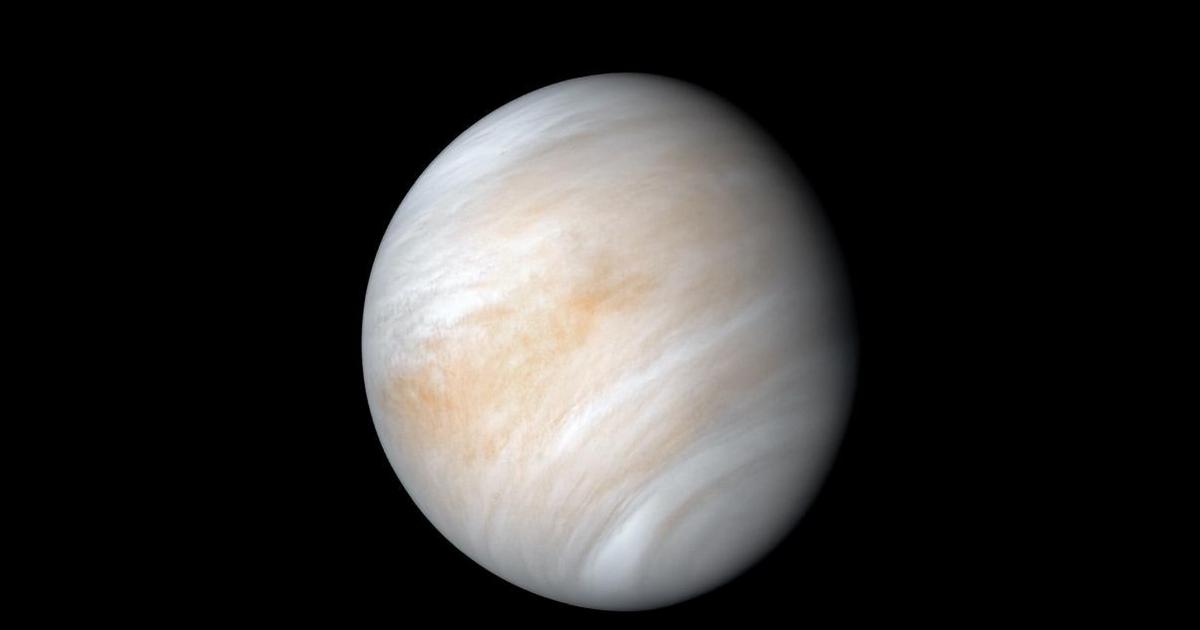On October 16, 2021, a rocket carrying the Lucy probe was launched from Cape Canaveral. The probe's goal is to study asteroids that share their orbit with Jupiter. We are talking, of course, about the Trojan asteroids, which lie at gravitationally stable points located in Jupiter's orbit at a distance of 60 degrees in front of it and 60 degrees behind it. In these compact regions, the gravitational forces of the Sun and Jupiter balance each other out, so that objects placed or located there can remain at a constant distance from Jupiter.
Read also: The Lucy probe is already photographing the Trojan asteroids. The distance to them is still huge
However, few people know that not only Jupiter has its own Trojan asteroids. The second planet in the solar system in terms of the number of known Trojan asteroids is Mars. Until recently, scientists knew sixteen asteroids of this type, located – just as in the case of Jupiter – in the orbit of the red planet, only 60 degrees in front of it and 60 degrees behind it, that is, at the L4 and L5 liberation points, respectively.
And now, during observations carried out at the GTC (Gran Telescopio Canarias) telescope in the Canary Islands, scientists from the Institute of Astrophysics of the Canary Islands and the University of Madrid have determined that the asteroid 2023 FW14 was discovered in – as its name suggests – in the year 2023. It is also an asteroid. Troy of Mars, although slightly different from all previously known asteroids.
Thus Mars has 17 Trojan asteroids. However, everything indicates that this has not always been the case, and will not necessarily always be the case. The asteroid's orbit is unstable, which means that over time it will break free from the planet's influence and escape into interplanetary space.
W A scientific article just published in the Journal of Astronomy and Astrophysics Scientists point out that all previously known Martian Trojan asteroids are in very stable orbits and most likely formed at libra points and accompanied Mars for the past four billion years.
But the matter is different with the new asteroid 2023 FW14. Analysis of its orbit and chemical composition indicates that this body did not form near Mars, but rather it is an asteroid that regularly approaches Earth and then escapes to other regions in the solar system. Only about a million years ago the situation changed and the asteroid became trapped at the libration point L4. Currently, it is actually a temporary Trojan asteroid of Mars, but the instability of its orbit means that all numerical models indicate that in about 10 million years it will break away from the libration point and return to interplanetary space.
Read also: We should look for traces of life not on Mars, but on its moons. The Japanese send a probe there
Scientists point out that if the new asteroid is not an early asteroid approaching Earth, it is likely to be part of another Trojan asteroid, classified under the number 1999 UJ7. Although both asteroids differ slightly in terms of their chemical composition, they belong to the same group, which in turn is very different from the Trojan asteroids, which are located behind Mars at point L5. This group consists entirely of rocky asteroids rich in silicates.
The new Martian asteroid Trojan could tell us a lot about the dynamics of small bodies in the solar system, and could also be the target of future space missions similar to the Lucy mission. No matter how you look at it, no space probe has yet visited a single Trojan asteroid up close in our planetary system.

Echo Richards embodies a personality that is a delightful contradiction: a humble musicaholic who never brags about her expansive knowledge of both classic and contemporary tunes. Infuriatingly modest, one would never know from a mere conversation how deeply entrenched she is in the world of music. This passion seamlessly translates into her problem-solving skills, with Echo often drawing inspiration from melodies and rhythms. A voracious reader, she dives deep into literature, using stories to influence her own hardcore writing. Her spirited advocacy for alcohol isn’t about mere indulgence, but about celebrating life’s poignant moments.










